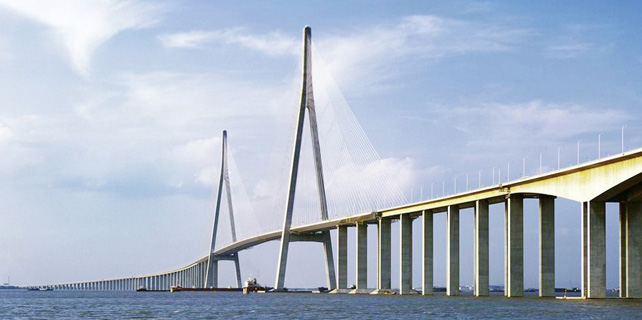Toward renewed China-LAC cooperation
 |
|
Chinese Vice President Li Yuanchao delivers a speech at the 10th China-Latin America and Caribbean (LAC) Business Summit in Tangshan, North China's Hebei province, Oct 14, 2016. [Photo/Xinhua] |
During his recent trip to South America for the Asia-Pacific Economic Conference leaders' meeting, President Xi Jinping laid out a vision for deeper Chinese engagement with Latin America and the Caribbean (LAC) in the context of an increasing Asia-Pacific economic integration. This agenda is an opportunity to strengthen and expand this relationship, as our region's ties with China will be central to our future development strategies.
The timing is fortuitous, as the China-LAC relationship is entering a new phase after a decade of extraordinary growth. Trade grew by an average 31 percent a year between 2003 and 2011. China invested billions of dollars in energy, mining, infrastructure and manufacturing throughout our region. And LAC governments forged closer ties with Beijing through a host of free trade agreements, cooperation initiatives, and multilateral engagement on various issues.
This initial boom brought considerable gains for all partners. LAC saw a surge in exports that drove record growth, while China gained access to key inputs and new markets. However, trade growth has stalled amid a challenging global environment. This new scenario compels us to find new drivers, as well as to address remaining barriers to closer integration. Xi identified several areas where we should work together.
Given the strong complementarity of our economies, trade will continue to be a key driver. China is expected to import $8 trillion worth of goods over the next five years. LAC has a strong interest in gaining a larger share of those imports, building on its comparative advantage in natural resources to provide a broader range of food products, refined minerals and metals to Chinese consumers and companies.
China is also poised to play a larger role in inter-regional integration. The Free Trade Area of the Asia-Pacific, first proposed by China in 2014, has renewed momentum after the APEC meeting, as has the Regional Comprehensive Economic Partnership, which attracted attention from several LAC countries.
Bilateral agreements remain important mechanisms to deepen trade. China already has free trade agreements with Chile, Costa Rica and Peru. Xi announced a "comprehensive strategic partnership" with Chile and Ecuador-the highest level of Chinese diplomatic relations with other countries-and further enhanced its comprehensive strategic partnership with Peru.
Direct investment, particularly in infrastructure, is another key pillar. Enhancing connectivity through infrastructure is a major priority for LAC, where transport costs still hinder trade. China can leverage resources and expertise to promote infrastructure development in our region, including its experience with the Belt and Road Initiative (the Silk Road Economic Belt and 21st Century Maritime Silk Road) will facilitate trade and smooth operations of Chinese enterprises in our region.
As China grows as a major source of outward foreign direct investment, which Xi estimated at $750 billion over the next five years, Chinese capital will target a growing range of manufacturing, services, technology and natural resource sectors in LAC, helping us develop our economic apparatus while giving Chinese companies greater access to our markets.
A final pillar for strengthening China-LAC relations is government-to-government cooperation. Opportunities exist in areas such as tackling global challenges. Xi made climate change a key theme of his message to LAC leaders, and China recently announced it would convene a global dialogue on the topic.
China's success in making technological leaps in industry holds development lessons for our region, while LAC countries have been pioneers in social policies, such as conditional cash transfers, which are relevant to the Chinese context.
Finally, we should deepen our cultural, educational, and people-to-people ties. China has made great strides through its Confucian Institutes. As with other areas, cooperation can be pursued both through bilateral agreements as well as multilateral initiatives such as the China-CELAC forum.
The China-LAC relationship has evolved into a mature partnership based on trade, investment and cooperation. But there are many opportunities to build on the past decade's gains. As China assumes a leading role on more and more global issues, the time is right for us to move forward on this agenda of mutually beneficial engagement.
The author is president of Inter-American Development Bank, a leading multilateral source of long-term financing for Latin America and the Caribbean. China joined the IDB as a donor member country in 2009.









